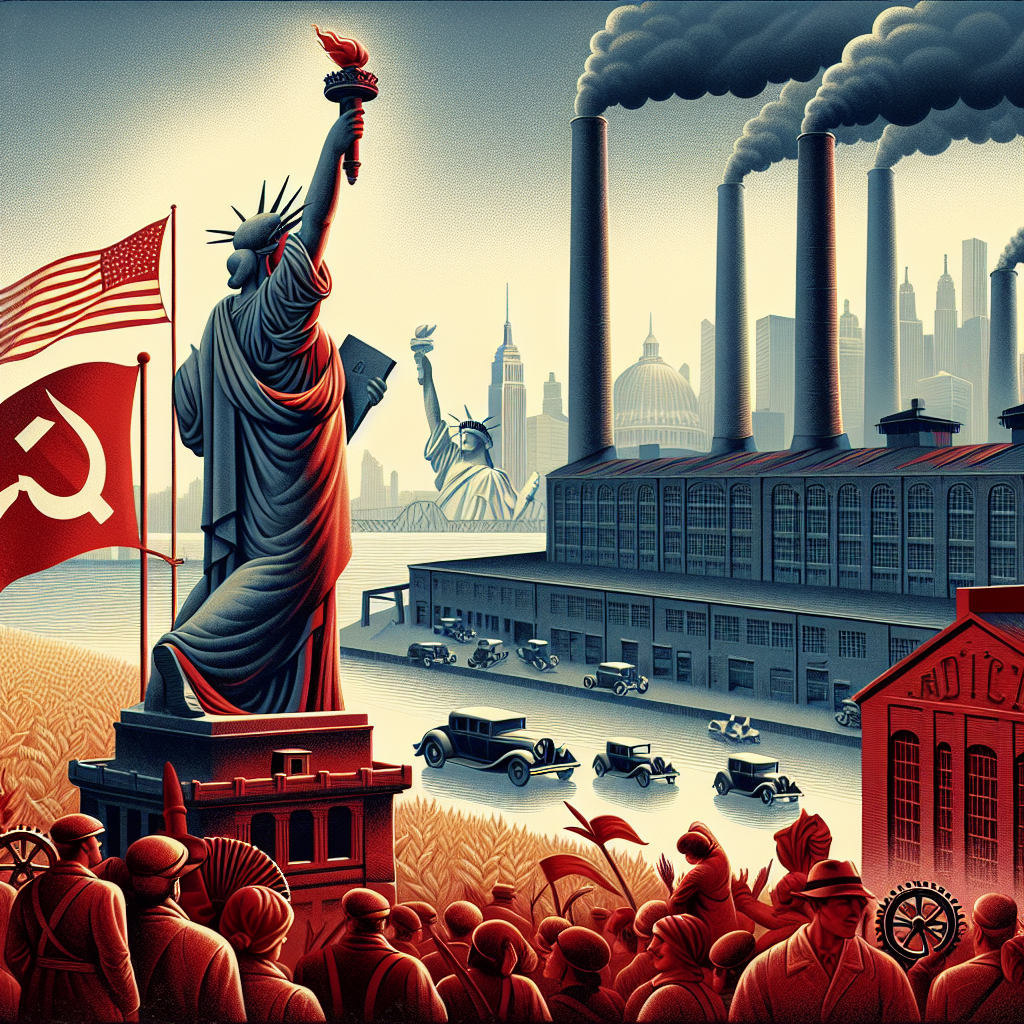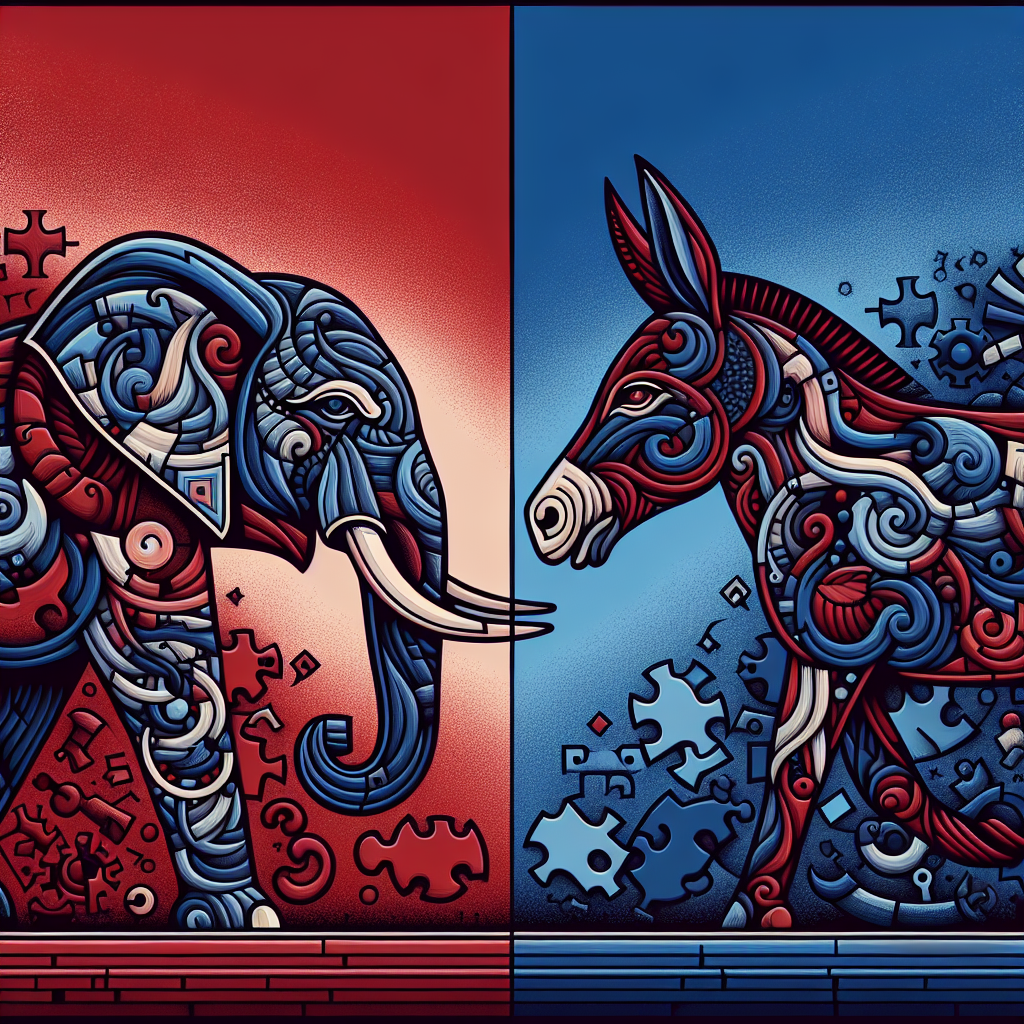Cultural Shifts: How the Best 1960s Movies Changed Society
The 1960s was a transformative decade, marked by significant cultural shifts that influenced various aspects of life, from politics and fashion to music and cinema. The films produced during this era not only entertained audiences but also played a crucial role in shaping societal norms and attitudes. In this blog post, we will delve into how the best 1960s movies changed society, highlighting key examples, cultural impacts, and the lessons we can learn from them today.
The Role of Cinema in the 1960s
Cinema has always been a powerful medium for reflecting and influencing society. During the 1960s, movies became a canvas for exploring complex social issues and challenging the status quo. The decade saw the emergence of new genres, groundbreaking storytelling techniques, and a wave of talented filmmakers who were unafraid to push boundaries. But how exactly did these films contribute to cultural shifts? Let’s explore.
Breaking Racial Barriers
The Rise of Black Cinema
The 1960s marked a significant period for black cinema, with films that addressed racial issues and portrayed African Americans in more nuanced and empowering roles. One pioneering film was “Guess Who’s Coming to Dinner” (1967), starring Sidney Poitier. The movie tackled the taboo subject of interracial marriage at a time when it was still illegal in many parts of the United States.
According to a 1967 Gallup poll, only 20% of Americans approved of interracial marriage.  The film not only challenged these perceptions but also sparked conversations about race relations and equality. Poitier’s powerful performance helped pave the way for more diverse representation in Hollywood.
The film not only challenged these perceptions but also sparked conversations about race relations and equality. Poitier’s powerful performance helped pave the way for more diverse representation in Hollywood.
Challenging Gender Norms
Empowering Female Characters
The 1960s also saw a shift in how women were portrayed in films. Traditional gender roles were being questioned, and female characters began to be depicted as more independent and assertive. A prime example is “Breakfast at Tiffany’s” (1961), featuring Audrey Hepburn as Holly Golightly. Holly was a departure from the typical damsel-in-distress archetype, embodying a sense of modernity and self-reliance that resonated with many women of the era.
This shift was reflective of the growing women’s liberation movement, which aimed to achieve gender equality. The portrayal of strong, independent women in films helped normalize these ideas, contributing to the broader cultural shift towards gender equality.
Addressing Social and Political Issues
Anti-War Sentiments
Another significant way in which 1960s movies changed society was through their commentary on social and political issues. The Vietnam War was a contentious topic, and films such as “Dr. Strangelove or: How I Learned to Stop Worrying and Love the Bomb” (1964) used satire to criticize the absurdity of nuclear war and political brinkmanship. Directed by Stanley Kubrick, the film was a bold statement against the backdrop of Cold War tensions.
Similarly, “Easy Rider” (1969) captured the spirit of the counterculture movement, addressing themes of freedom, rebellion, and the quest for meaning in a rapidly changing society. The film’s success highlighted the growing disillusionment with traditional values and the desire for a more open, inclusive world.
The Impact on Fashion and Music
Influence on Fashion
The 1960s movies also had a significant impact on fashion. Iconic films like “Bonnie and Clyde” (1967) influenced the fashion industry with their stylish costumes. Faye Dunaway’s portrayal of Bonnie Parker popularized the beret and chic, tailored outfits, which became a fashion trend.
Similarly, the mod style showcased in films like “Blow-Up” (1966) became synonymous with 1960s fashion. The film’s focus on youth culture, art, and fashion helped cement the mod look as a defining trend of the decade.
Shaping Musical Tastes
Music and cinema have always been intertwined, and the 1960s were no exception. Films like “A Hard Day’s Night” (1964), featuring The Beatles, not only showcased the band’s music but also captured the essence of Beatlemania. The film’s success further propelled The Beatles to international stardom and cemented their influence on the music scene.
Similarly, the use of rock and roll soundtracks in films like “The Graduate” (1967) helped bridge the gap between music and cinema, making it clear that the two forms of art could complement and enhance each other. The film’s soundtrack, featuring Simon & Garfunkel’s “The Sound of Silence,” became iconic and is still celebrated today.
Lessons for Modern Filmmakers
Embracing Diversity and Inclusion
The cultural shifts sparked by 1960s movies offer valuable lessons for modern filmmakers. One key takeaway is the importance of embracing diversity and inclusion. Films that challenge stereotypes and offer diverse perspectives not only reflect society more accurately but also resonate with a broader audience. In today’s globalized world, this approach is more relevant than ever.
Tackling Social Issues
Another lesson is the power of cinema to address social and political issues. Films that tackle pressing issues such as climate change, racial inequality, and gender discrimination can spark conversations and inspire action. By using their platform to shed light on these topics, filmmakers can contribute to positive societal change.
Innovative Storytelling
Finally, the 1960s were a time of innovative storytelling techniques, and modern filmmakers can benefit from embracing creativity and experimentation. Whether through unique narrative structures, groundbreaking visuals, or thought-provoking themes, pushing the boundaries of traditional filmmaking can lead to memorable and impactful films.
Conclusion
The best 1960s movies were more than just entertainment; they were catalysts for cultural shifts that continue to influence society today. By breaking racial barriers, challenging gender norms, addressing social and political issues, and impacting fashion and music, these films left an indelible mark on the world. Modern filmmakers can draw inspiration from this era, using cinema as a tool for reflection, conversation, and change.
As we look back on the legacy of 1960s cinema, we are reminded of the power of film to shape and reflect the times. By embracing diversity, tackling important issues, and pushing the boundaries of storytelling, we can continue to create movies that inspire and resonate with audiences for generations to come.






Leave a Reply
You must be logged in to post a comment.